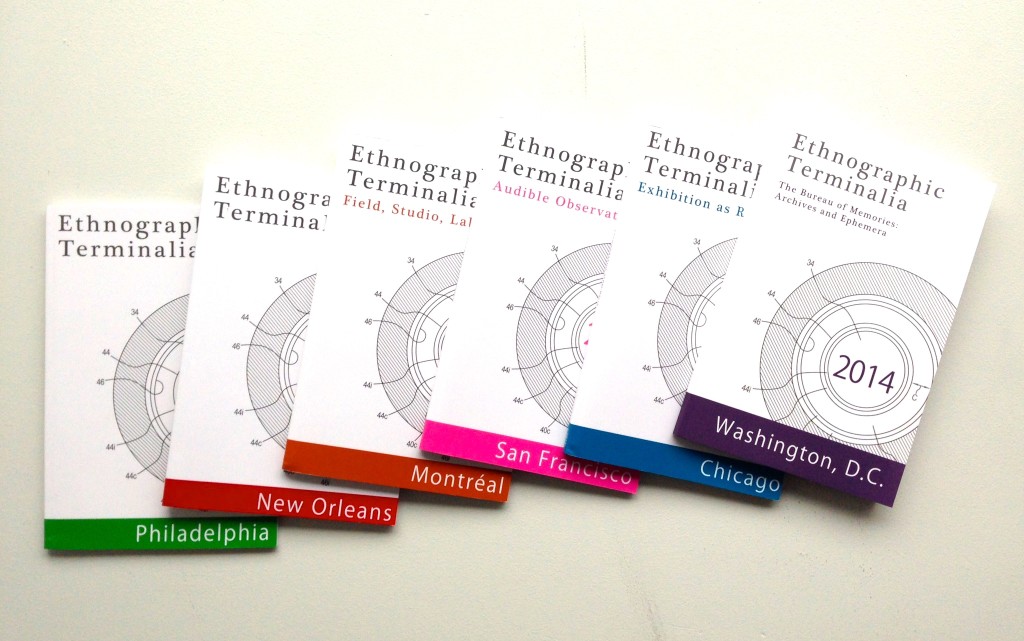Elsewhereness: New Orleans

Robert Willim and Anders Weberg
Elsewhereness is the latest part in the Elsewhereness series. Following cities like Yokohama, Cape Town, Manchester and Utrecht it’s now time for New Orleans. The Elsewhereness series deals with questions of site specifity, juxtaposing the nomadic with the placebound. Early site specific artworks in the 1960s – 70s were often massive in form and commented on the commodification of the prevailing artworld. In keeping with artist Richard Serra’s expression “to remove the work is to destroy the work”, most of this work was place-bound. Site specific art has since then been transformed. Often it is about the social, about engagement and relations between people living in a certain place and visiting artists.
Elsewhereness subverts these approaches. It is instead about the ephemeral, about urban alienation and non-presence. It takes the possibilities for digital media in relation to site specific art to its extremes. It is also in a way a parody of the history of site specific art creating “one place after another”, a dynamic that Miwon Kwon (2002) writes about in her discussion of the history of site specific art. Elsewhereness is about the artists NOT being there. The artists are elsewhere, touching from a distance.
The works in the Elsewhereness series are made solely from audio and video material found on the web, material that emanates from a specific place, in this case the place is New Orleans. The audiovisual pieces are manipulated and composed into a surreal journey through an estranged landscape, based entirely on the culturally bound and stereotypical preconceptions of the artists about the actual location.
Elsewhereness is also a comment on ethnographic practices, which are often associated with empirical intimacy and the possibility of coming close to people in various contexts. In some art, and often site-specific art, ethnography has been embraced. Hal Foster (1995) writes some critical words about this in “The Artist as Ethnographer”. Elsewhereness is not a reverberation of Fosters’ critique, but it can still give some perspective on ethnographic and socially oriented site-specific art. Within ethnography and socially oriented site-specific art we’ll often find certain ideals embraced: participation, proximity and ideas about being “loyal to the field”, bearing witness, giving voice to people etc. Elsewhereness is instead a site-specific work where distance and even alienation is evoked. Not in order to achieve some kind of nihilistic stance, but to examine the elongations of the site-specific and the ends of ethnography.
Biographies
Anders is an artist and filmmaker working in video, sound, new media and installations and he is primarily concerned with identity. The human body lies at the root of projects that formally and conceptually chart identity and its construction as a preamble to broaching matters of violence, genders, memory, loss or ideology in which personal experiences co-exists with references to popular culture, the media and consumerism. Specializing in digital technologies, he aims to mix genres and ways of expression to explore the potential of audio visual media.
Robert Willim is a researcher, artist and teacher in European Ethnology. His research has primarily dealt with new media and digital culture. During the last years he has also developed a research track about the concept Industrial Cool. This deals with the ways traditional industries are transformed in contact with ideas about a postindustrial society. Mixes of art and cultural analysis is another of his interests. He works with a number of art projects that are juxtaposed with research questions. Most of these projects are about experiences of place, landscape and geography and the ideas often emanate from his research.

